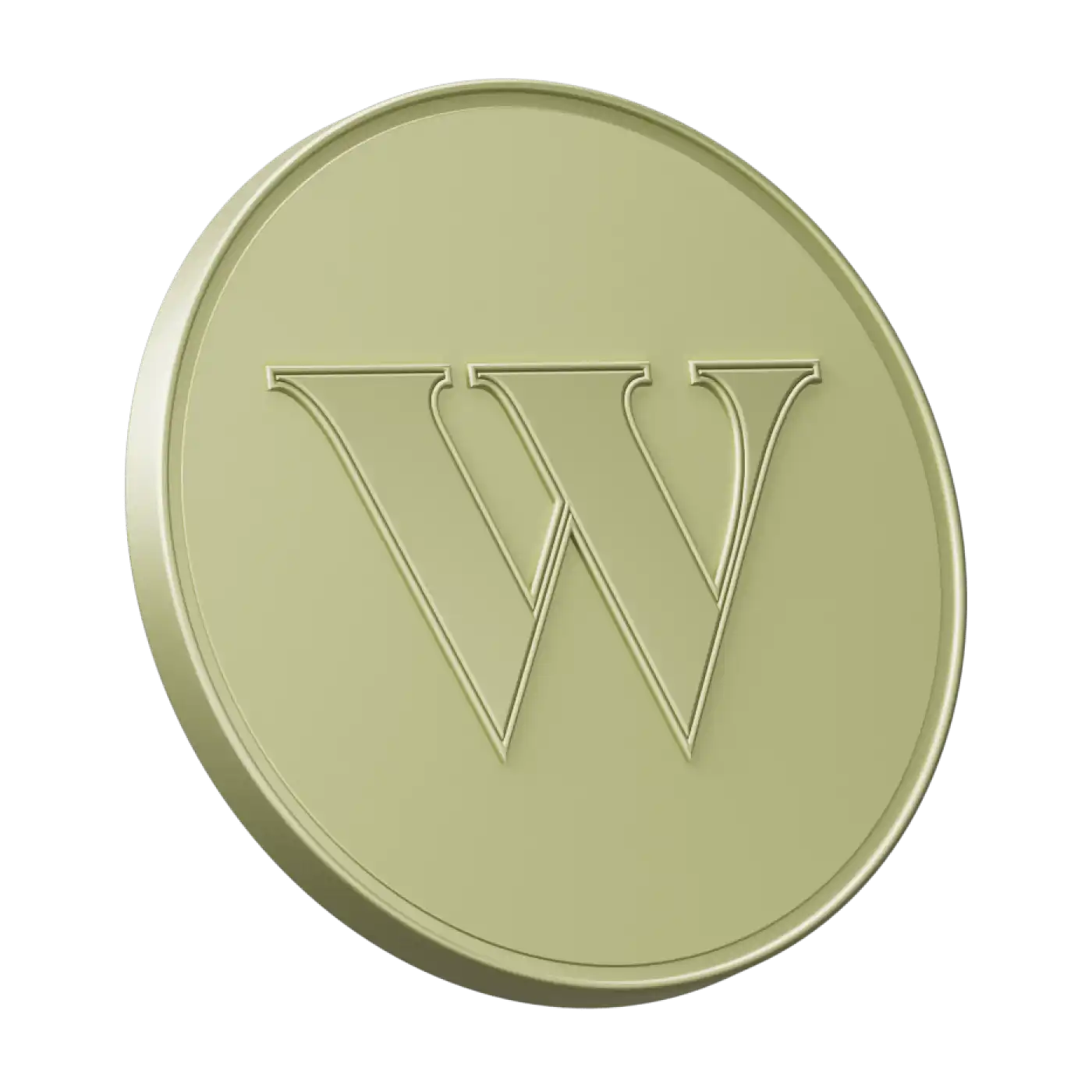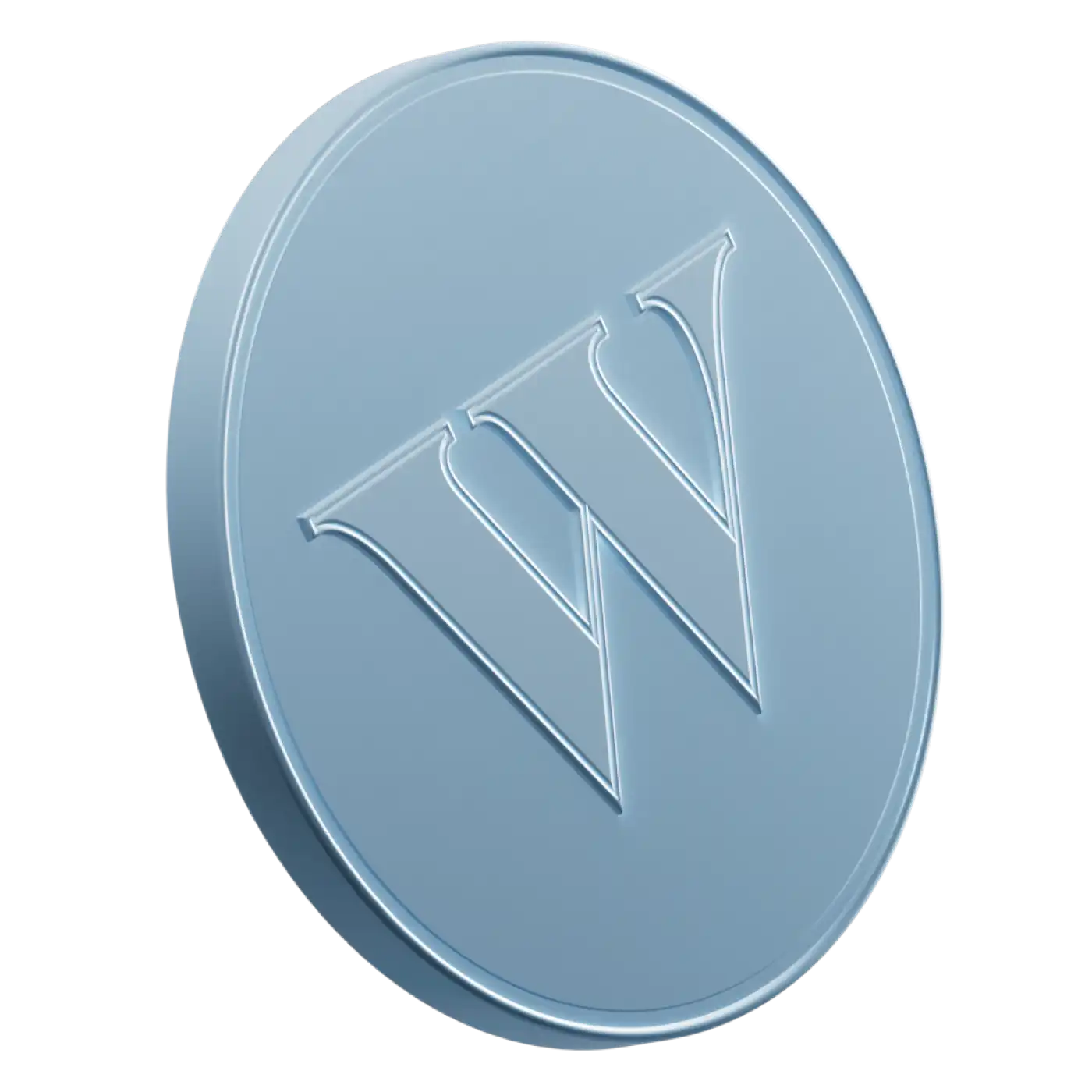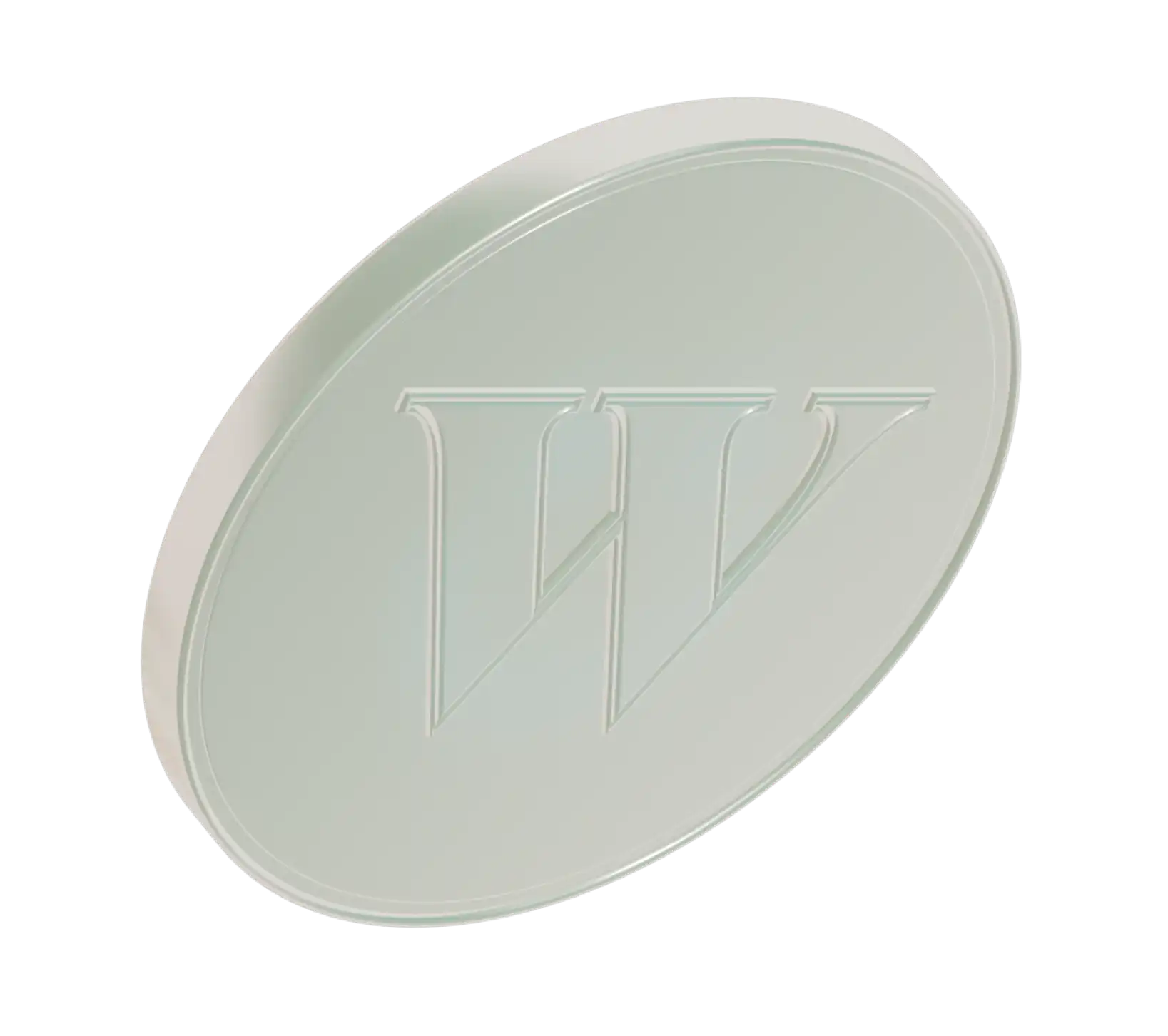You can’t understand dividend yields if you don’t understand dividends, so here’s a quick refresher: dividends are shared profits sent to stockholders based on the number of shares each person owns. Not all companies pay them, though. The ones that do are usually more mature and stable. They tend to have consistent income and don’t need to pump every penny earned back into the company. Although there are exceptions, dividends are usually paid every three months. They can be raised or lowered by a company’s board of directors.
Now for the exciting part: dividend yields! This is just an easy way to show you the dividend as a percentage of the company’s current share price. It’s also an easy way to compare one dividend to another.
For example, say Company A pays a dividend of $0.15/share while Company B pays $0.75/share. It might sound like Company B pays the better dividend, but that completely depends on its share price. Say Company A trades at $10/share and Company B trades at $100/share. That means a $100 investment in Company A gets you a $1.50 quarterly dividend. The same $100 investment in Company B gets you… $0.75 in quarterly dividends or 50% less.
How to calculate dividend yield
To calculate dividend yield, divide the amount a company pays per year by its share price. For example, if Company C pays a quarterly dividend of $5.00 on a $200.00 stock, the dividend yield would be 2.5%.
Dividend yield is always expressed as a percentage. But from there things can vary: you could encounter a dividend yield that reflects the total dividends paid during the most recent fiscal year, total dividend paid over the past four quarters regardless of the year, or even the most recent dividend multiplied by four to extrapolate future dividends. This last option can make a big difference if a particular stock has experienced any large price swings.
By far, dividend yield is used most commonly to refer to current annual dividend yield. This requires one more step than the above equation, since you’ll be multiplying the current quarterly dividend by four to reflect how much the annual dividend should be (provided the dividend is neither increased nor decreased.)
Current dividend yield = (Current dividend X 4)/(Current share price) X 100
Want an example? Let’s look at a fictitious company, KALE. When markets closed on January 7, 2025, KALE stock was at $188.52. The quarterly dividend for KALE was $0.51. So:
KALE dividend yield as of Jan 7, 2025 ($0.51 x 4) / $188.52 x 100 = 1.94%
When a company’s stock price goes up, its dividend yield will go down. Why? The dividend represents a smaller percentage of the stock price. It works the opposite way, too, with a lowering stock price generally meaning a higher dividend yield. For this reason, a stock owner may not be in the mood to celebrate a rising dividend yield.
In 2018, Ford had a super high dividend yield of almost 7%, but this reflected by the fact that the stock had lost nearly 50% of its value in the prior 5 years. There’s even a term for companies that use high dividend yields to lure investors into buying dud stocks: dividend value traps. You'll probably want to avoid those!


